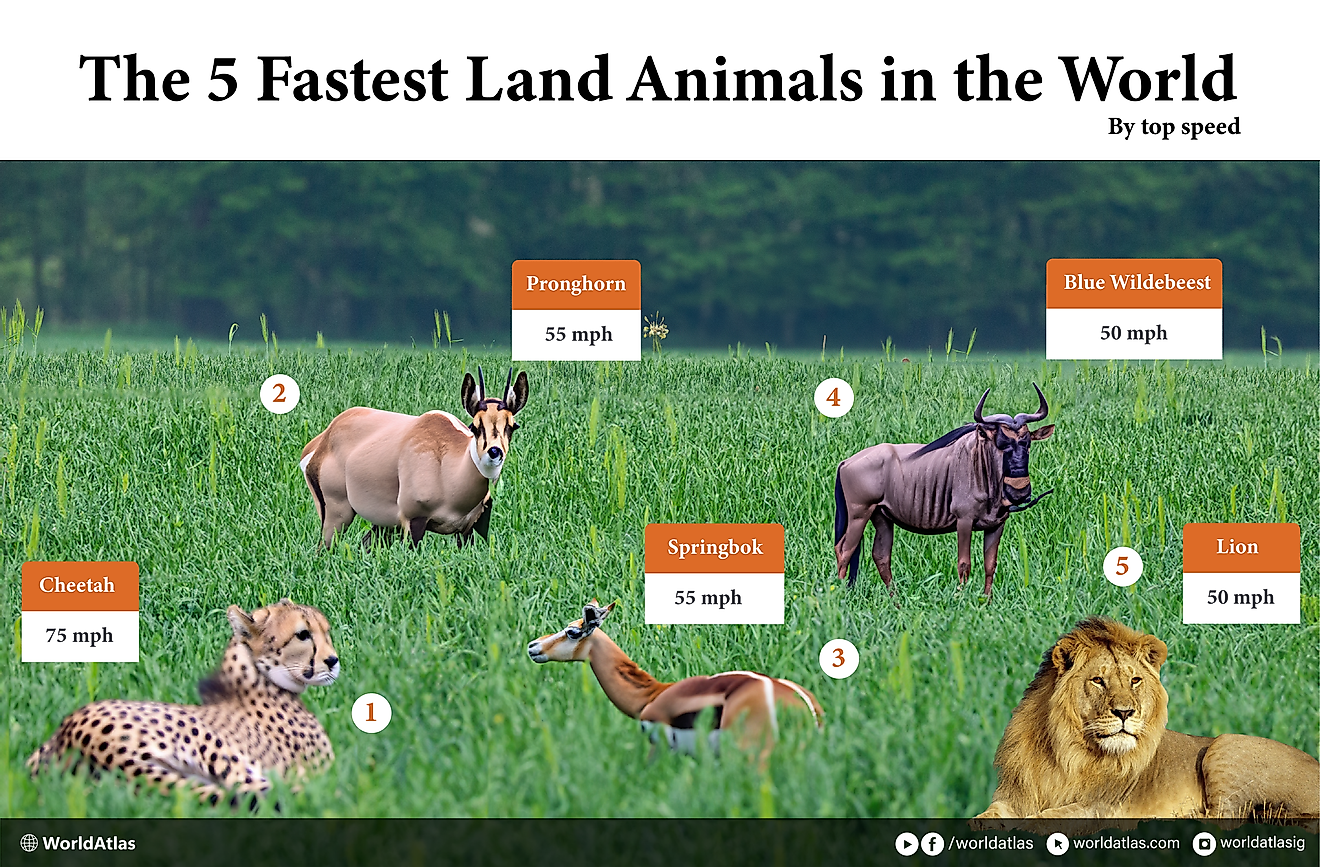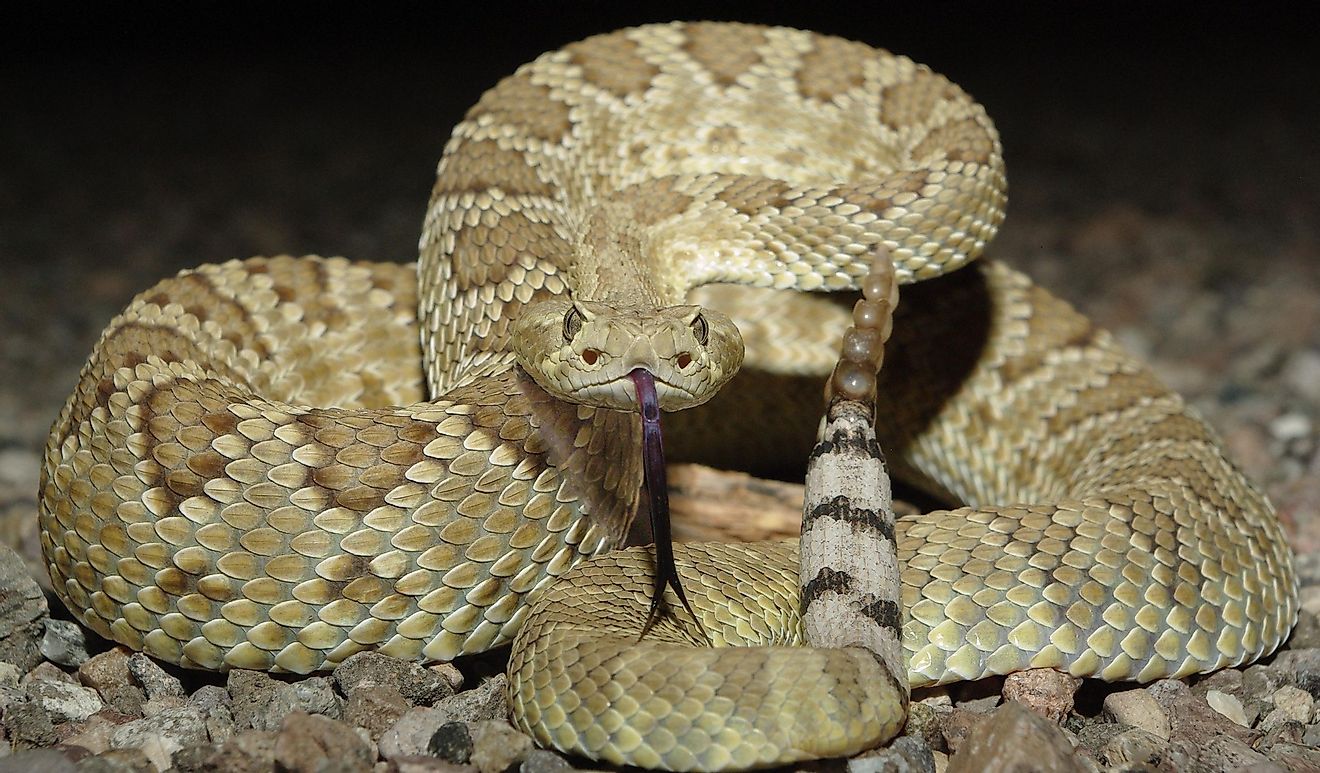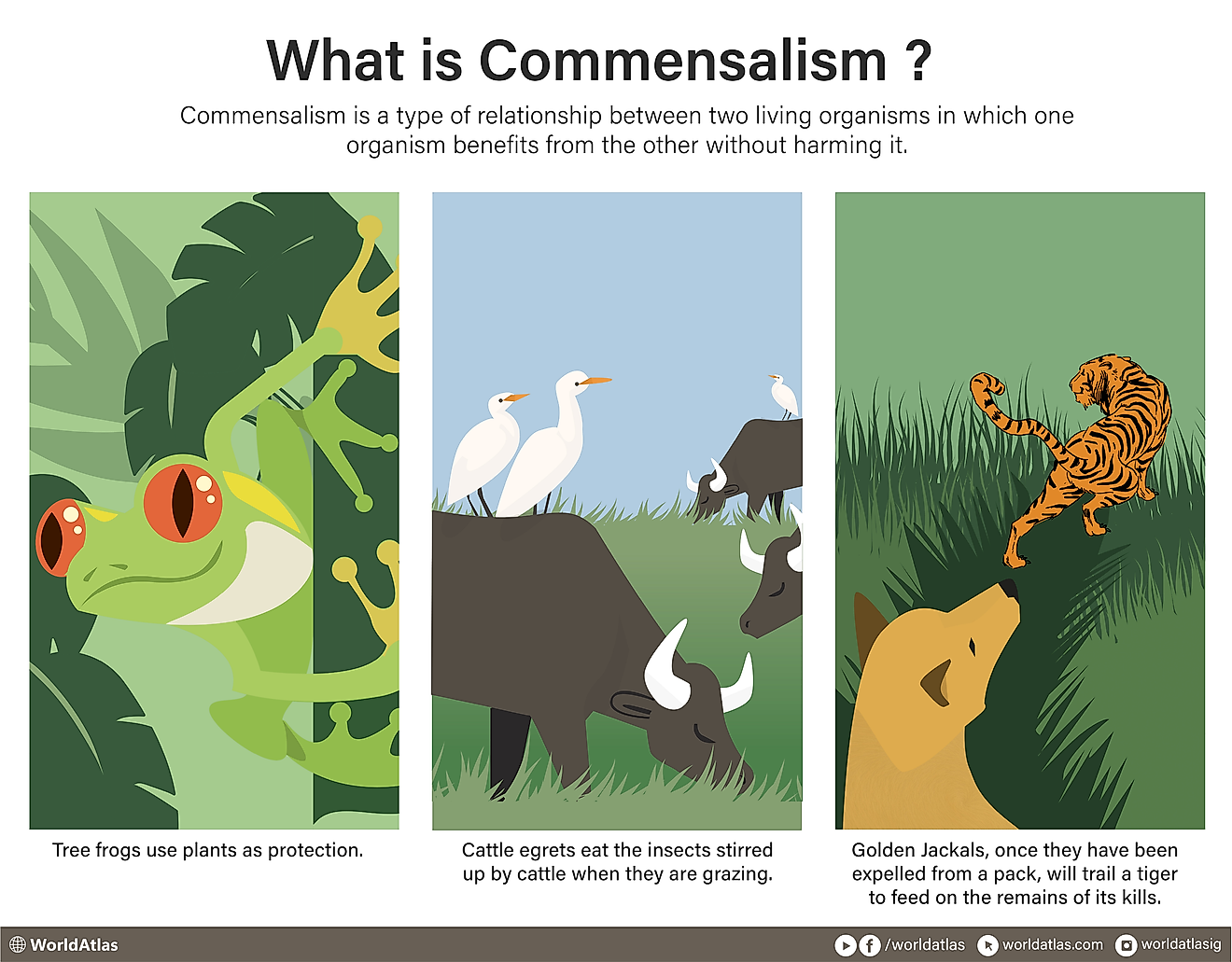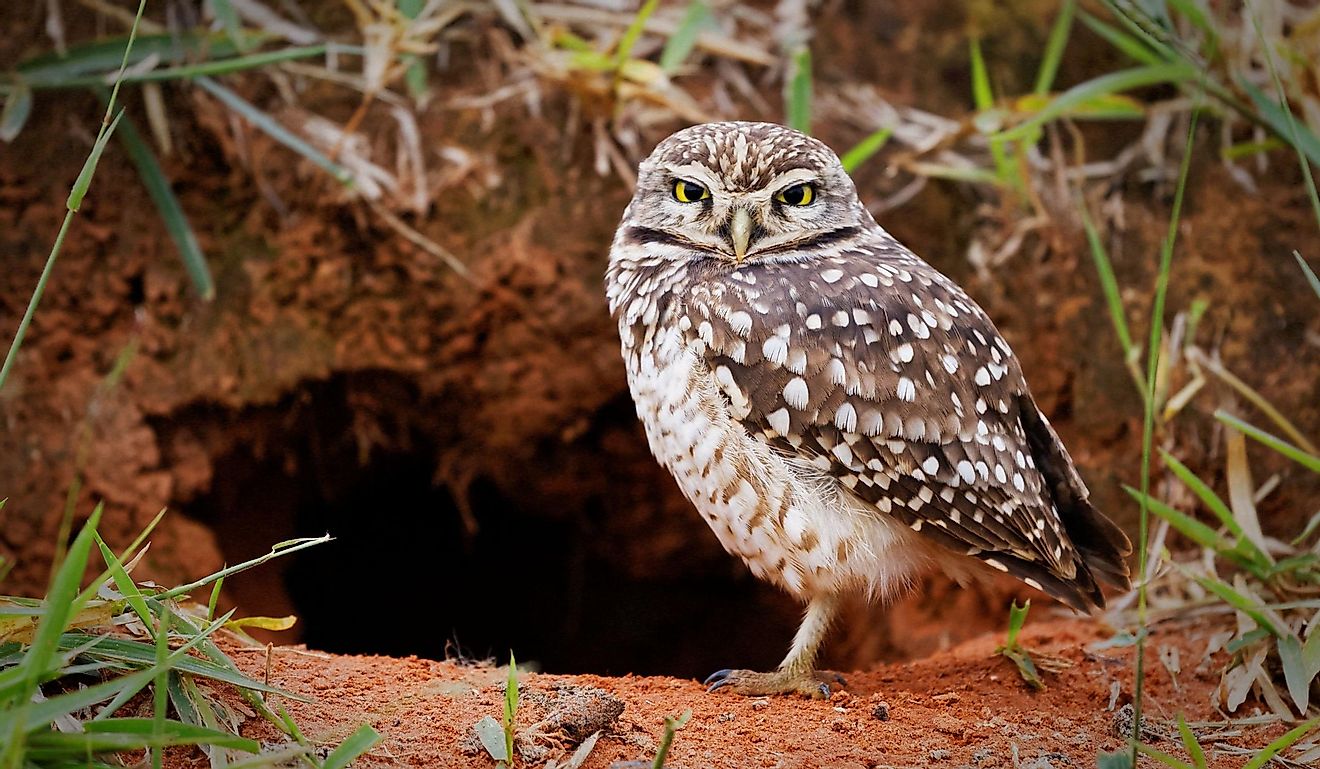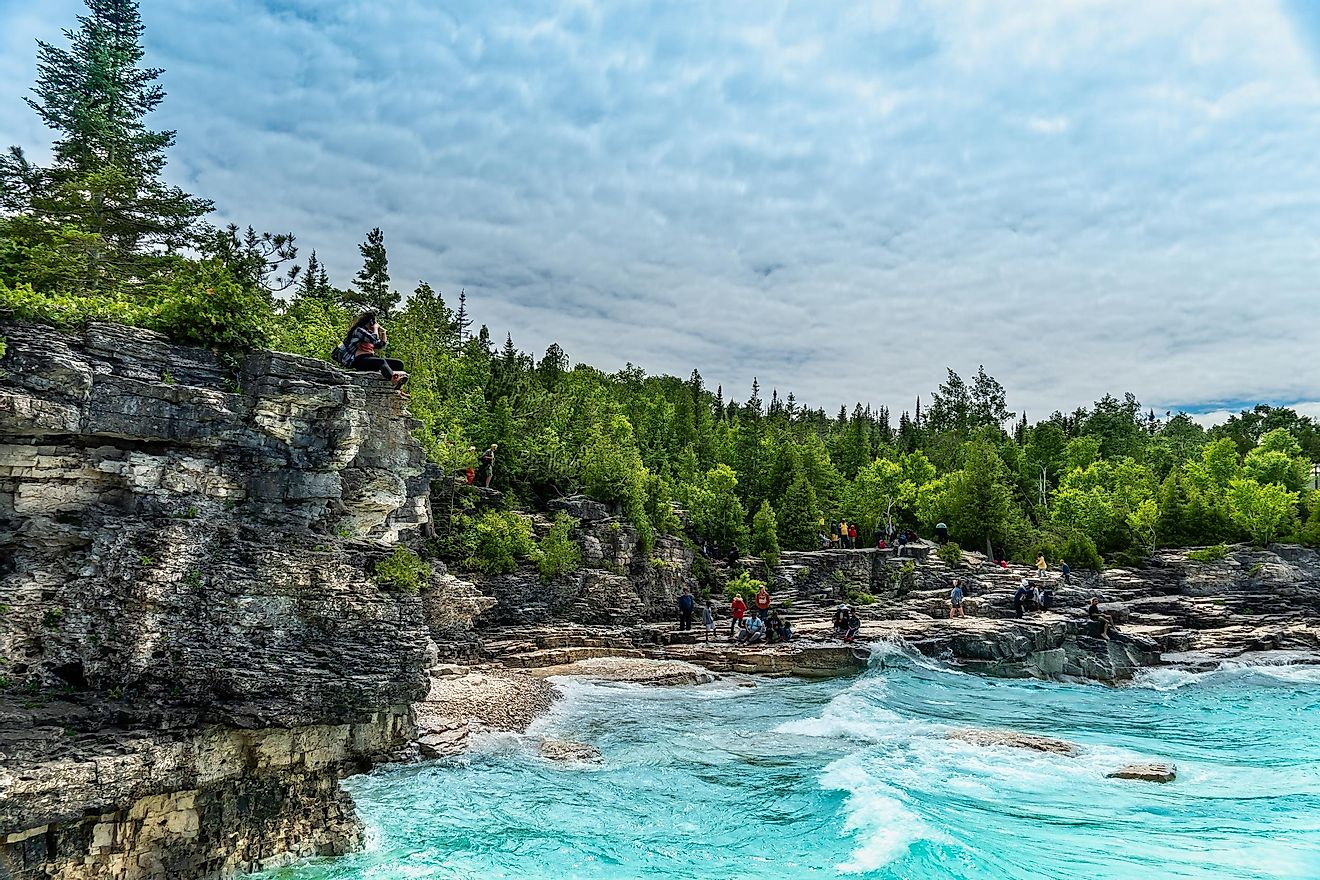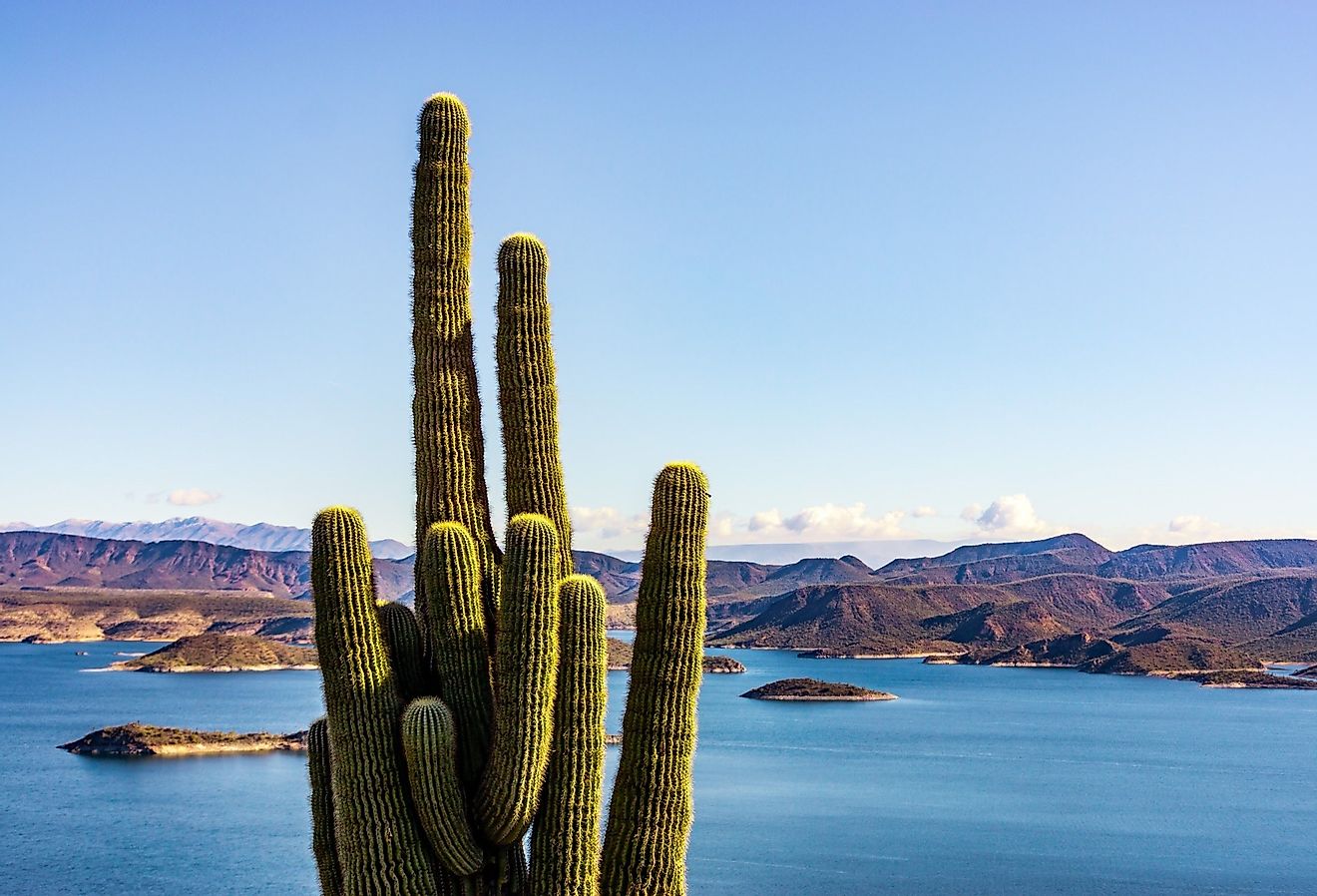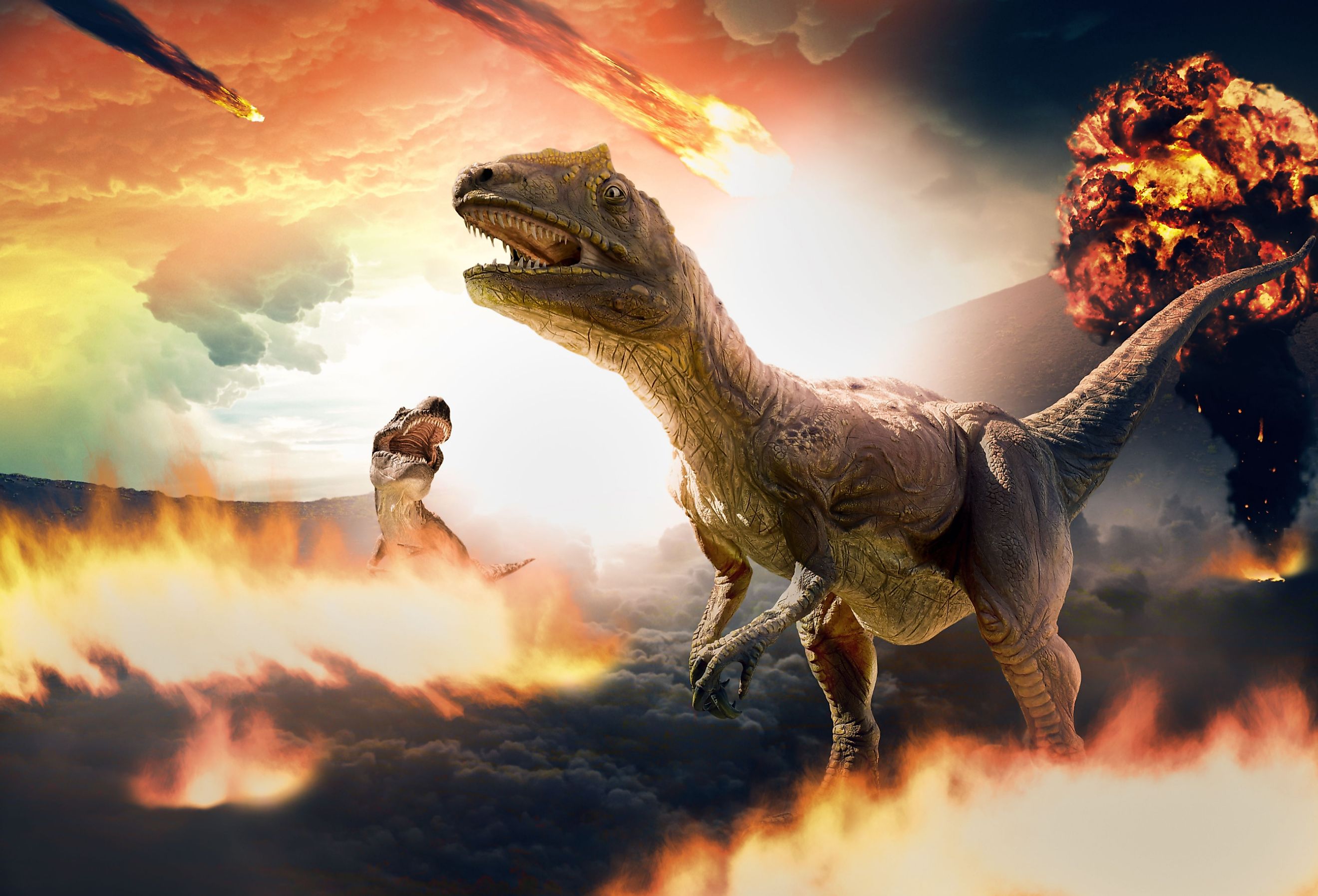
The Timeline of Mass Extinction Events on Earth
Extinction is a part of life on earth. Scientists estimate about 98% of all the organisms that have existed on the planet are extinct today. To better understand extinction, scientists use the normal extinction rate. The normal extinction rate, also called the background extinction rate, calculates the normal rate of extinction of a species. The normal rate of extinction is between 0.1 and 1 species per 10,000 species per 100 years. In mass extinctions, species disappear faster than the ecosystem can replace them. An event is a mass extinction if the earth loses more than 75% of its species in 2.8 million years or less.
These time periods are usually associated with major environmental changes, such as volcanos erupting, climate change, and asteroid impacts. There have been five mass extinction events in the history of the earth, and the earth is debatably in a sixth one. Here is a detailed review of each mass extinction.
Timeline of Mass Extinction Events on Earth
| Extinction Event | Approximate Time Of Occurrence |
|---|---|
| Ordovician–Silurian extinction events | 439 million years ago |
| Late Devonian extinction | 364 million years ago |
| Permian–Triassic extinction event | 251 million years ago |
| Triassic–Jurassic extinction event | 199 million to 214 million years ago |
| Cretaceous–Paleogene extinction event | 65 million years ago |
| Holocene extinction | Present (Ongoing) |
Ordovician–Silurian Extinction
- 443 million Years Ago
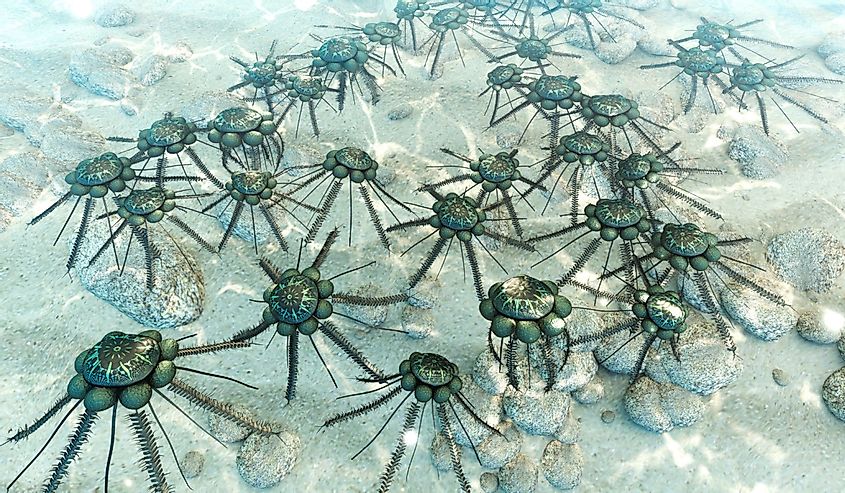
The Ordovician-Silurian period saw earth's first mass extinction 443 million years ago. Approximately 85% of the earth’s species disappeared. Scientists believe climate change caused mass extinction. Climates cooled globally after an ice age in the southern hemisphere. The extinction happened in two waves, one million years apart, which resulted in glaciation and falling sea levels.
The first wave of extinction happened 443 million years ago when climates cooled down. The second wave happened about a million years later when the ice age was coming to an end and the climate was warming. Animals had not yet ventured to land at the time, so the extinction impacted marine life. While all the major animal groups survived, each lost important members, and graptolites came close to total extinction.
Late Devonian Extinction
- 383 million years ago
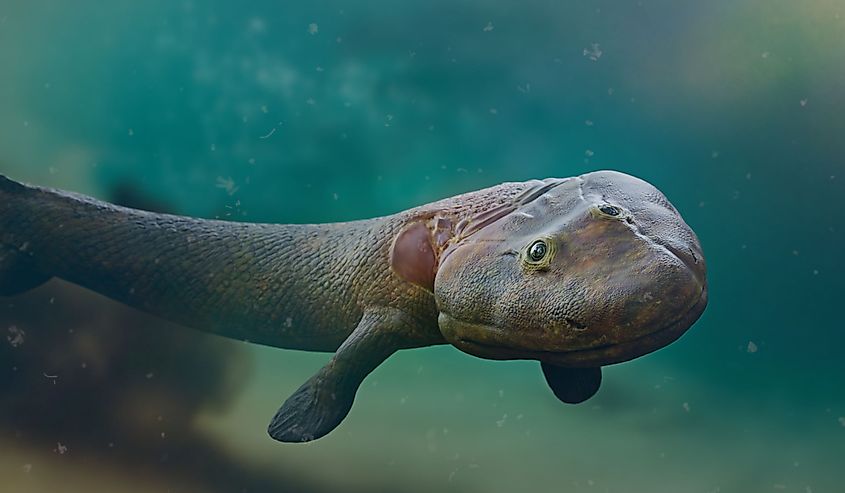
Starting 383 million years ago, earth's second mass extinction called the late Devonian extinction occurred. During the Devonian period, organisms that survived the late Ordovician extinction were steadily recovering.
In the Devonian extinction, around 70 to 80% of marine life disappeared. Open water swimmers such as sharks and bony fish survived the extinction, while nearly all the bottom fish disappeared. More shallow water and reef-dwelling fish died in the Devonian extinction because they are more sensitive to changes in ocean chemistry than animals living in deeper water.
Scientists are not yet sure if the extinction happened in one larger event or several pulses spanning millions of years. A combination of low-temperature stress (hypothermia) and oxygen deprivation (hypoxia) caused the mass extinction event. Some scientists theorize a meteorite or volcanic eruption was a possible trigger.
Permian–Triassic Extinction
- 251 million Years Ago
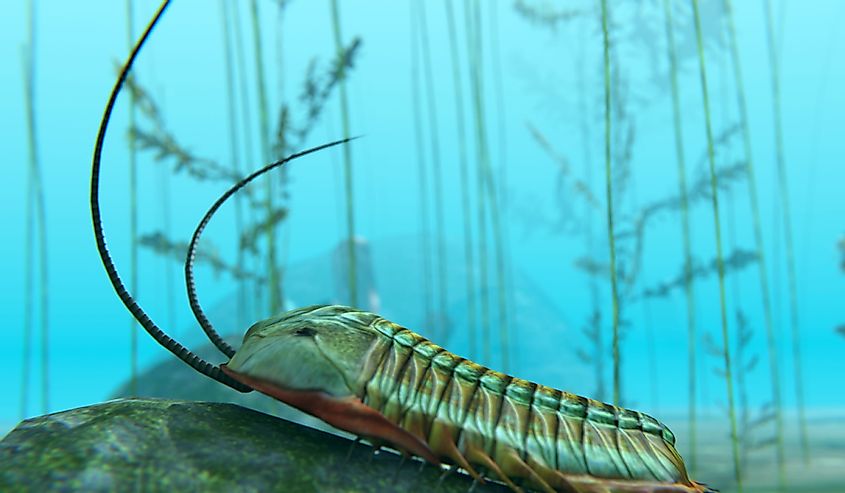
Arguably earth's worst extinction event, the Permian-Triassic extinction event saw approximately 90% of earth's species disappear. This included the disappearance of over 96% of marine species and 70% of terrestrial species. The Permian-Triassic extinction event is the only mass extinction event that took a toll on the insect population, wiping them out in large numbers.
Since so many species perished, the Permian-Triassic extinction event is also called, "The Great Dying". The Great Dying started with a volcanic explosion from the Siberian Traps, an immense volcanic complex. The eruption released more than 720,000 cubic miles of lava across what is now known as Siberia, triggering the release of immense amounts of carbon dioxide.
This resulted in global warming. The release of carbon also fed different kinds of bacteria that emitted large amounts of methane. Many geologists and paleontologists agree the extinction event took place over the course of 15 million years. However, some argue the extinction event took place over the span of only 200,000 years.
Triassic–Jurassic Extinction
- 199 million to 214 million years ago
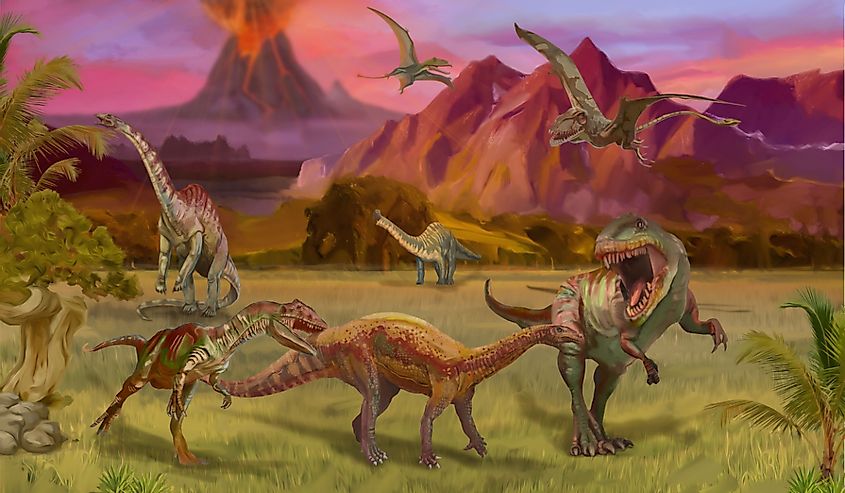
After the Great Dying, life took a long time to recover and flourish. However, once life started to diversify another extinction event took place. During the Triassic-Jurassic extinction event, 76% of all marine and terrestrial species perished.
At the beginning of the period, mammals outnumbered dinosaurs but by the end, dinosaurs outnumbered mammals. This extinction event enabled the dinosaurs to temporarily be earth’s dominant species.
Scientists disagree about the cause of the Triassic-Jurassic extinction event. Some scientists theorize climate change and rising sea levels resulting from the sudden release of large amounts of carbon dioxide caused the extinction event.
Cretaceous–Paleogene Extinction
- 65 million years ago
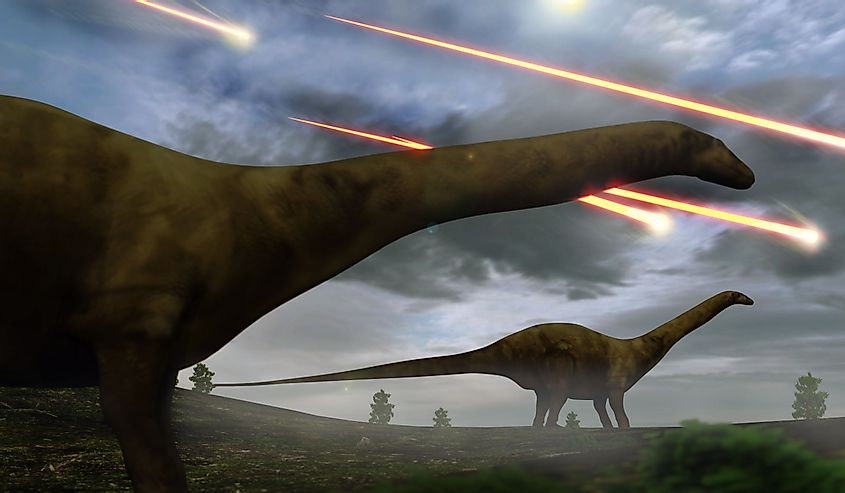
Of the five mass extinction events, the Cretaceous-Paleogene is probably the most well-known. This is the mass extinction event that saw the extinction of the non-avian dinosaurs around 65 million years ago. Many vertebrates were also lost, including the flying pterosaurs. In the oceans, marine invertebrates disappeared, including ammonites.
The extinction enabled mammals to evolve on land and sharks to further evolve in the oceans. The Paleogene was a significant period, seeing the evolution of species such as bats and whales. Most scientists agree that an asteroid caused this mass extinction event. Geological evidence indicates the asteroid would have had a diameter of six miles. There is a debate if the asteroid was the sole cause of the extinction event or if other factors contributed to the extinction.
Holocene extinction
Unlike the mass extinctions of the past, scientists predict one of the future to be human-induced. During the last several centuries humans have burned immense amounts of fossil fuels, used more than half of the planet’s unfrozen land for cities, and have hunted animals such as the woolly mammoth and giant kangaroo to extinction. In the 200,000 years on the planet, some scientists estimate humans have caused the extinction of 1,000 species. Currently, around 1 million animal and plant species are now threatened with extinction.
Considering this, some scientists argue, the sixth extinction event is in effect, called the Holocene. However, not all scientists agree and some say the extinction event has not happened quite yet. Whether the sixth extinction event is upon the world or not, the Holocene is unlike extinction events of the past in that it is human-induced. People can choose to change how they interact with the environment. Keeping this in mind, there is still hope for the future.
